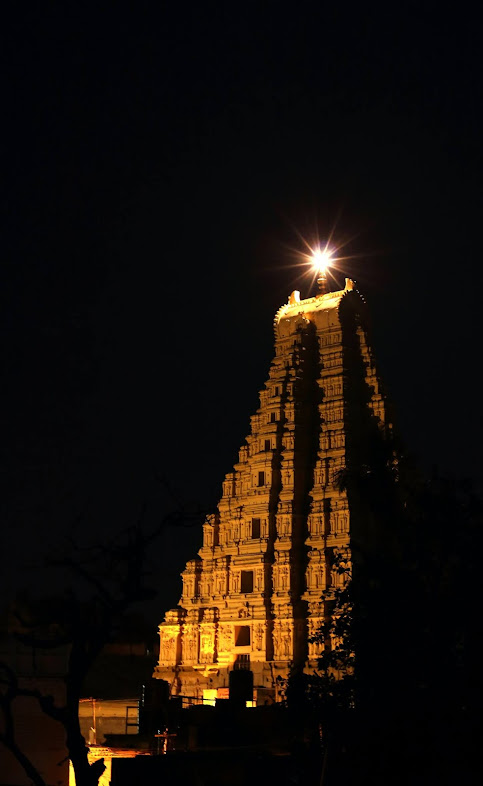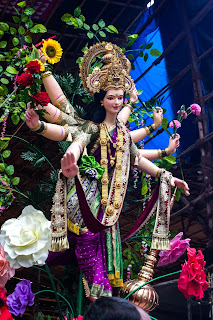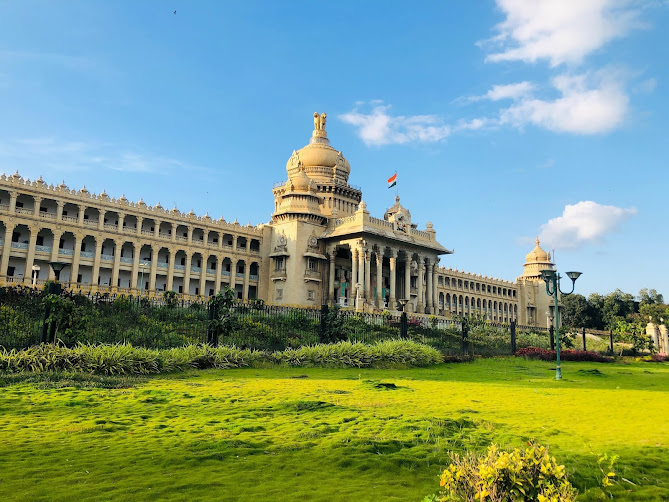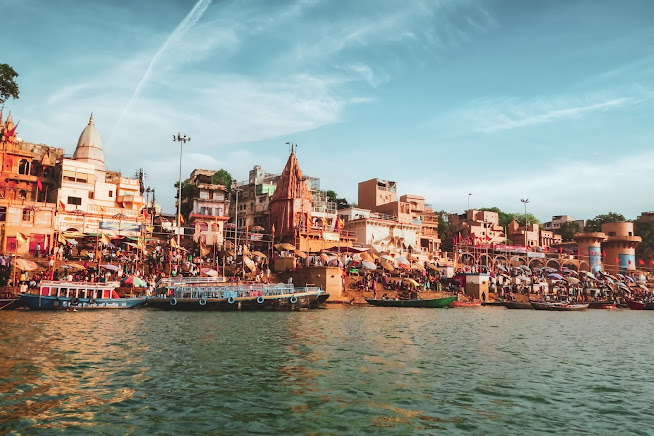Immadi Pulakesin 2 - The Greatest Of Chalukya Kings
The empire was at its peak and ruled not only Karnataka but the neighbouring states too ruling Southern and Central India between the 6th and 12th century. Chalukyas ruled from the Raichur Doab situated between the rivers of Krishna and Tungabadra. Aihole - The first Capital of the Chalukyas Aihole was the first capital of the Chalukyas the city with a rich history, a cradle of temple architecture with 125 temples around it. AIhole was the “Centre Of Trade” which later developed into religious centre having the number of temples around. The capital of Chalukyas was later moved to Badami during Pulikeshi 1. Aihole was also known as the City Of Temples. The Chalukya Empire and The three distinct Badami Chalukyas - Capital was Badami also known as Vatapi in Karnataka, was ruled from 6th century CE and later after the death King Pulikeshi 2 it declined. Eastern Chalukyas - emerged after the death of King Pulikeshi 2, Capital was Vengi and ruled till 11th centur...



